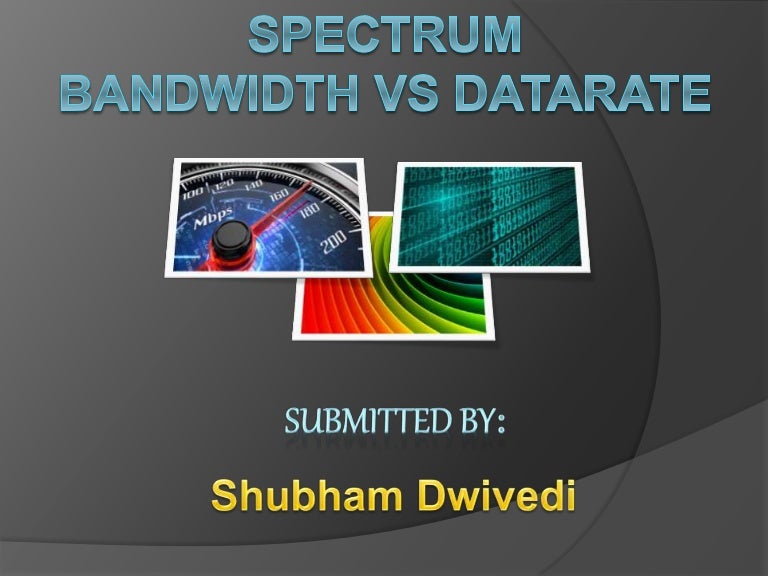
In short, the measure of total data transferred is the amount of data moved during a given time (egress + ingress). When the server begins to return data, it is considered “egress.”Įgress is most often the metric used for measuring usage as content delivery networks don’t tend to have a lot of ingress by end-users the only ingress usually occurs when a CDN pulls data from an origin server. Using CDNs - or Content Delivery Networks - as an example: suppose an Edge Server will receive your request, and perform necessary processing. This image data has a size - this size is generally measured in byte-based units (megabytes, gigabytes, even terabytes). When you request an image, for example, you receive image data. This is not a measure of size - rather, it measures an average at any instantaneous point in time. In the case of copying a local file, one might see “100 MB/s” - this means that, on average, you are copying the file back onto a drive at an average of one hundred megabytes per second. Having said that, units that have the “/” notation after their data size represent an average of how much data is being transferred/read over the period of time.

These units are often used interchangeably, but some have very different meanings: if your home connection was “1 Gbps” (one gigabit/s), and you write “1 GB/s,” you’d be misrepresenting your maximum data throughput by a factor of 8! (1 gigabyte/s = 8 gigabit/s) You might have heard about units such as “Mbps” (megabits/sec.), “MB/s” (megabytes/sec.) and even “Gbps” (gigabits/sec) through your Internet Service Provider - these are used to measure how much data, or “ bandwidth” flows between two different devices.

What is bandwidth? How is it measured? Introduction


 0 kommentar(er)
0 kommentar(er)
